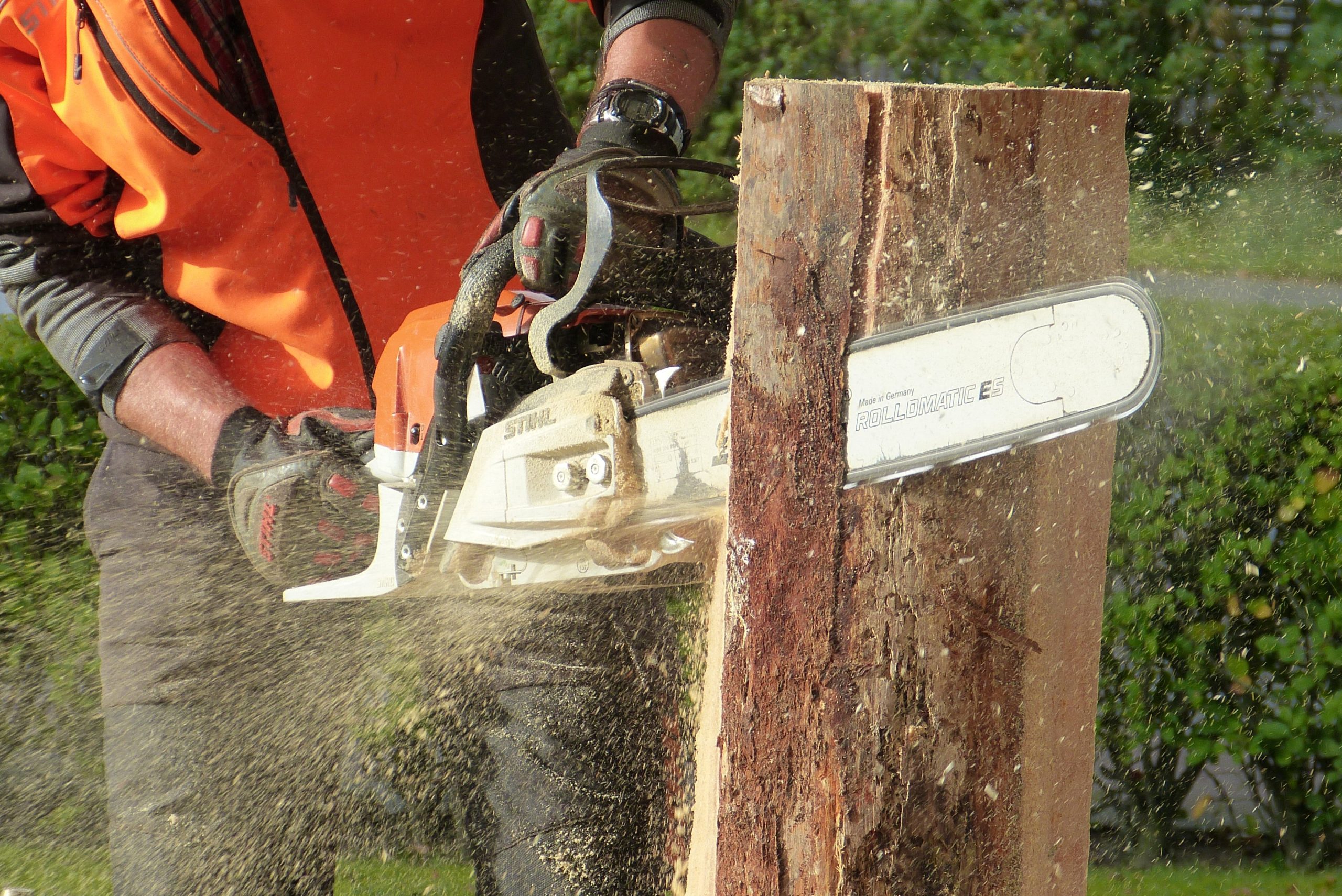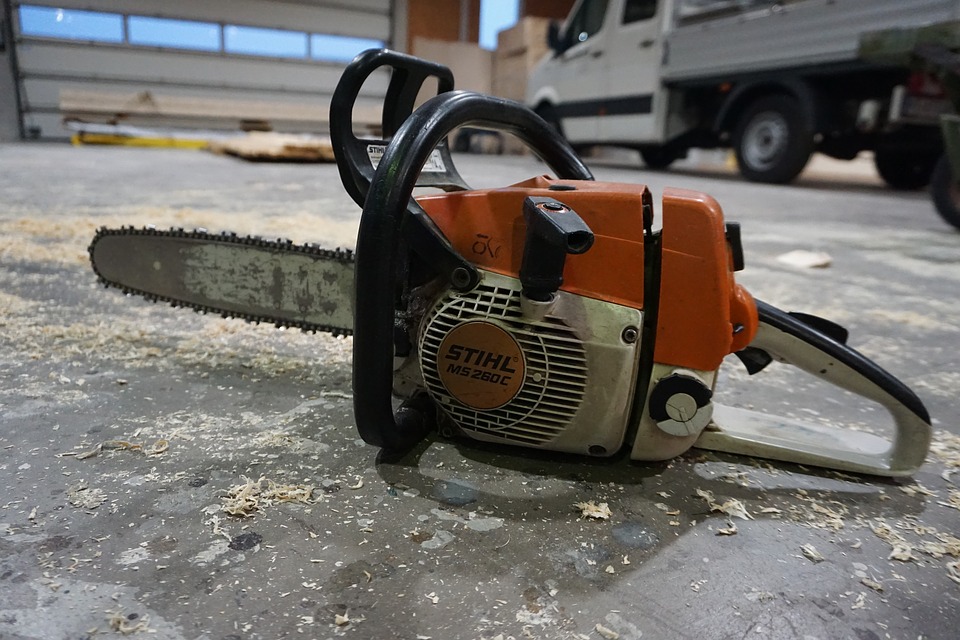Benchtop saws are popular in most of the woodworkers’ and craftsman’s workplaces. Dado blades, sometimes called stacked dados, are a type of table saw blade. We’ve created a comprehensive dado blade tutorial, including information on how to utilize them and where they may be utilized.
Introduction to Dado Blade?
A disc with teeth all around the edges is a typical circular blade used on a desktop or cabinet saw. Single-disc blades are used in single-disc saws. One thin disc is used to generate single-disc blades of various materials.
For a dado cut, you’re removing a significant quantity of material, so you’ll need a bigger blade. The stacked blades are built from two cutting blades on each side of a pair of chipper blades.
How Do Dado Blades Work?
On the outside of the dado blade, pay special attention to the blades. There are more teeth than in the main chipper blades, which will be helpful when you’re mulching.
The distinction between a snap-on table saw and a stationary one is that there should be an outer blade on the stack’s sides. This is the most ideal way to clean your lawnmower blades since it will not affect their operation. Turn one of them so that it faces the outside and the other one to the interior.
The flat blade on the left will have fewer teeth than the one on the right. You may change the number of blades in the center. The width of the cut would be altered. Once you’re ready, turn on the tool and begin cutting.
What kind of saw has a dado blade?
A table saw is a tool that works with a dado blade. However, the compatibility will be determined by the specifics of the saw and blade. That is why you should compare the size dimensions and make sure they match.
Is there a difference between all dado blades?
There are two different kinds of blades in the market:
- Cutting dado blade set
- Chipper dado blade
Aside from the sizes, you may also get them in different forms. The usual size is 6-7 inches, with diameters up to ten inches for bigger tools.
Cutting Dado Blades
The blades are like regular saw blades in that they’re also circular and contain many teeth all over the edge. A chisel is used to insert a cut along the groove’s edge, offering a straight line.
Chipper Dado Blades
Chipper blades are placed between two standard blades to efficiently process larger quantities of wood. A variety of various designs are available, with four carbide-tipped teeth and a kerf wider as compared to the outer cutting blades.
You may adjust the chipper blades to make a wider dado cut or narrower by moving them closer together or further apart. To create an even stack of boards, alternate the variety of cutting side blades. The stack is then mounted on your table saw’s arbor.
How is Dado Wobble Blade different from Stacked Dado?
Dado blades come in two distinct forms: stacked and wobble. A dado wobble blade, for example, is a variation of the stacked dado that wobbles when it cuts. The wobble dado, on the other hand, is made up of just one blade.
The single blade is twisted in such a manner that it slices into numerous places on the log as it rotates. Grooves produced by a hand tool have less of a clean cut along the groove’s perimeter or base.
What are the uses of Dado Blades?
Dado blades are mostly utilized in carpentry to create dado joints. They may also be used for rabbet cuts, groove and tongue work, and large-scale removal.
What Is Dado Joint And How Does It Work?
To comprehend a dado joint, we must first consider a dado cut. It is a plane-bottomed groove made in a slab of wood. This may be in either a crosscut or rip orientation, depending on your project’s requirements.
A miter and table saw fence may be used to help support the wood while you make a crosscut direction dado cut. For a rip dado cut, place the rip fence near the dado blade. Push the stick to guide it ahead. A dado is formed as a result of this process.
The groove is cut to the width similar to the mating workpiece when it’s used to create a dado joint. After that, the mating piece is inserted into the slot, which may be done with a tight friction fit or by hand. Bookcases and cabinet constructions are good homes for them.
Use off Dado Blade On Table Saw
To the arbor, a dado blade is secured in the same manner as a standard blade. The second significant difference is an insert change of the table saw that should fit the dado blade kerf.
Adjust the height of your arbor by moving your dado blade, depending upon the dado cut’s depth. Adjusting the height changes the dado depth, which affects how much material is removed. We wouldn’t advocate rotating the arbor and employing the blade at an angle since it wasn’t designed to be utilized in this manner.
The Dangers related to a Dado Blades
Dado blades are fantastic for cutting grooves, but they have a variety of hazards than a basic circular blade of the saw.
The blades are heavier and thus harder to stop quickly. It is because the majority of table saws reverse the power to the motor when they break. However, because of the heavier weight and greater inertia, the blade takes longer to a stop. This is harmful since there’s a higher chance you’ll face an accident while it’s stopping.
The mechanism of a SawStop break can be used for instant stop. as far as the dado set is completely conductive. However, you must utilize a certain break cartridge designed for a dado set.
There are additional worries that you won’t be able to adequately guard them against the above. While moving the wood up and down on top of the saw, they become considerably more dangerous.
The backing is more difficult since a dado stack does not allow the use of a riving or a splitter knife. However, because there are various ways to make a cut in woodworking, you may instead utilize a different approach than the dado stack.

